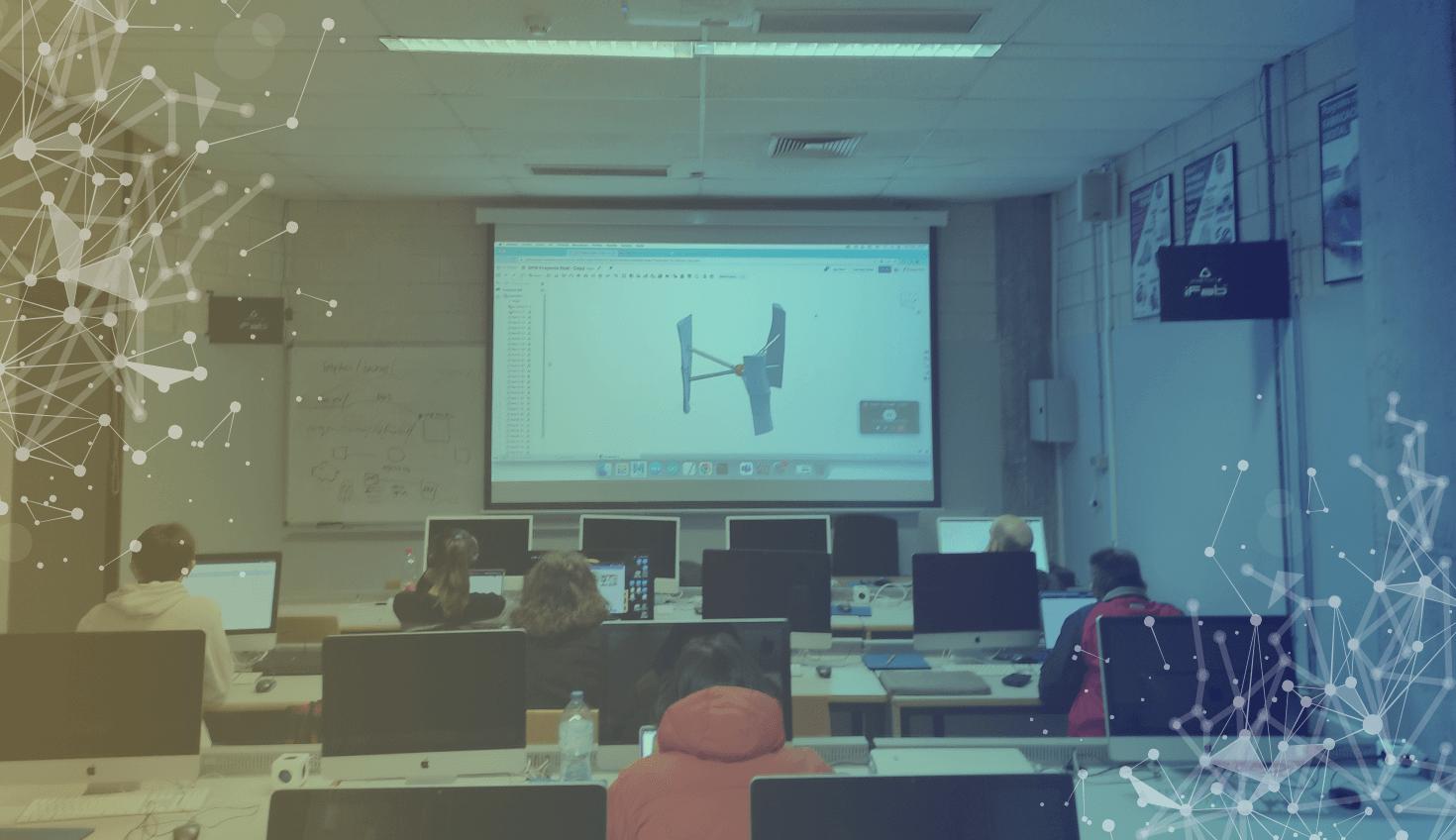
04:27
In 2022, Onshape’s design competition invited users from all over the world at all skill levels to create a design that tests their own creativity.
Onshape received some amazing submissions in each category, but the “part design project” fascinated me personally.
Being a fan of superhero films in general, e.g., Batman, Terminator, or Spider-Man, I was very happy to learn about Brian Chan’s project submission of Ant-Man’s helmet. Chan designed the helmet with 3D printing in mind.
I spoke about the Ant-Man project with José Antonio Picazo, a professor at MasterD in Spain responsible for teaching a variety of 3D printing courses. His insights sparked my interest in 3D printing’s future in education.
The Importance of 3D Printing
Designers and engineers have been using 3D printers since the 1980s, but only recently have these machines made their way to the public audience as prices have dropped and more products have become more affordable.
Engineers and designers aren’t the only ones using 3D printing, but also everyday people. 3D printing gives all users the power to design and create their own goods.
As 3D printers have become more accessible, people have started looking for training courses on this topic.
A model of a 3D printer.
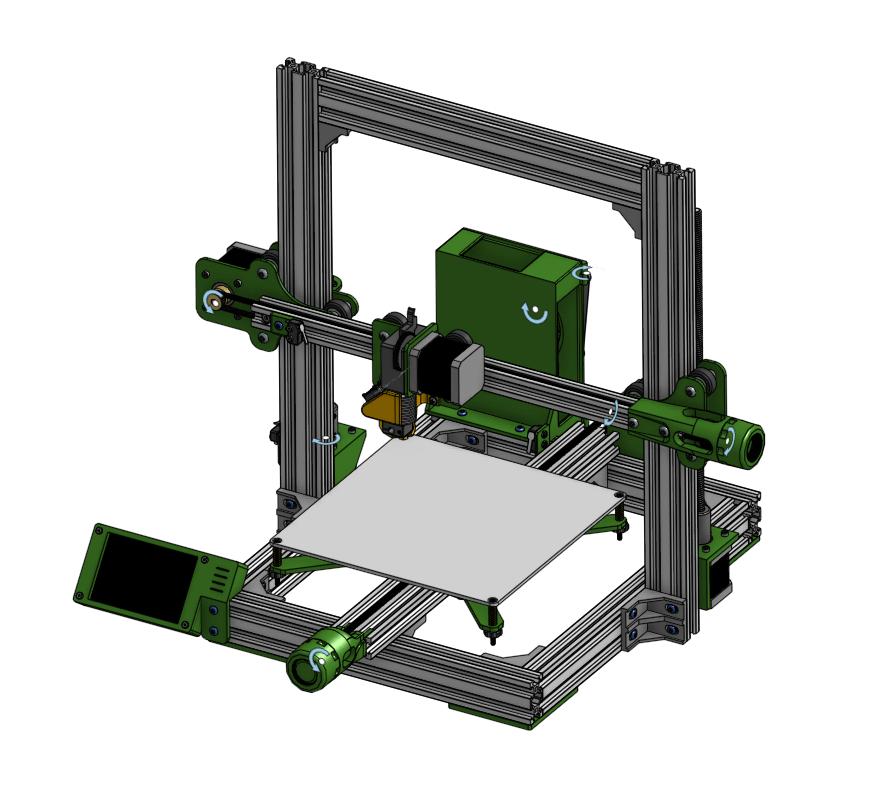
A Need for 3D Printing Courses
Professor Picazo began using Onshape in 2016 and began to 3D print the models he made with Onshape. Later he was asked to develop a 3D printing course.
Since then, Picazo has developed several courses over the past few years focused on 3D printing. One of his basic courses covers the fundamentals of 3D printing using Onshape. More advanced coursework focuses on transversality and how important industrial aspects of 3D printing are becoming. An additional course emphasizes novel technologies in additive manufacturing.
A strong point of the MasterD center, which has locations throughout Spain, is the variety of courses it offers and the training methodology that allows each student to study at their own pace.
“We also have a fashion and 3D printing course where everything is done with Onshape, both mesh designs, flexible or volume based,” he says. “We also have an interior design course where everything is also done with Onshape, such as chairs, tables, lighting.”
The 3D printing course from MasterD is a semi-face-to-face course, where all the digital tools are online, but are practiced at MasterD centers. Currently, there are about 200 students taking the course and 700 have already completed the course.
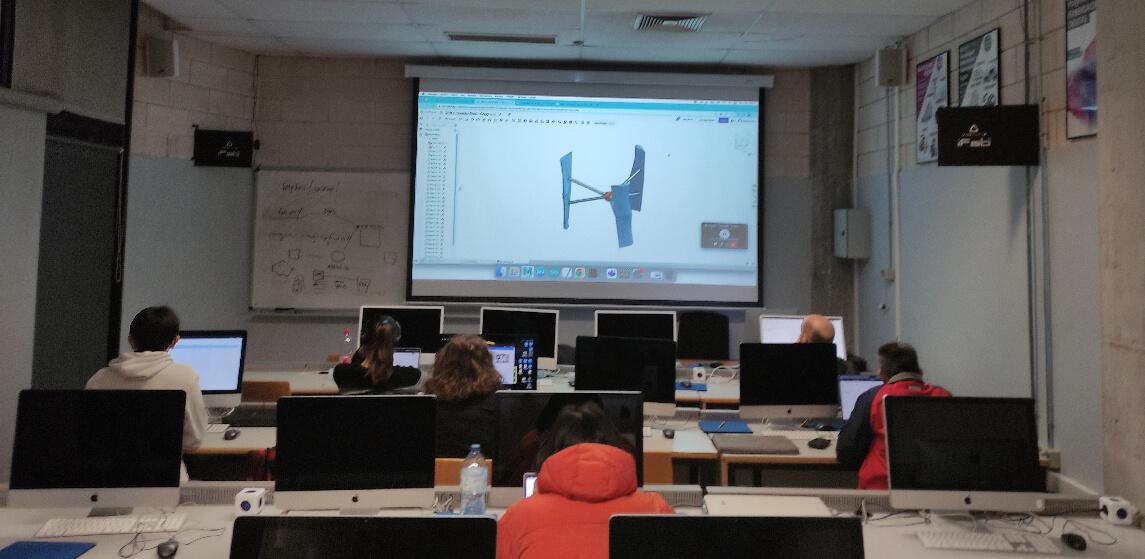
Onshape in the classroom.
Students of 3D Printing Courses
The course attracts a range of students, from those with no experience to engineers wanting to add additive technology skills to their portfolio.
For example, one student was a baker, took the course, and is now at HP’s research department. Another student studied paleontology and, because of her additive manufacturing know-how, was hired at the University of Barcelona.
Picazo’s teaching strategy is based mainly on creativity. Students have a short period of time to learn design and 3D printing processes. They become “prosumers” – consumers who actively participate in the manufacturing process – with the skills to build almost any object at little cost.
“This usually motivates students when that part of the creative brain is stimulated and a whole world is opening to them,” he says.
Part of the course is ensuring transversality because many students don’t know what industry they’re going to end up working in.
“As this technology is applied to sectors as disparate as jewelry or aerospace,” Picazo says, “It is necessary that they are prepared for many sectors and discover all of the applications additive manufacturing can have.”
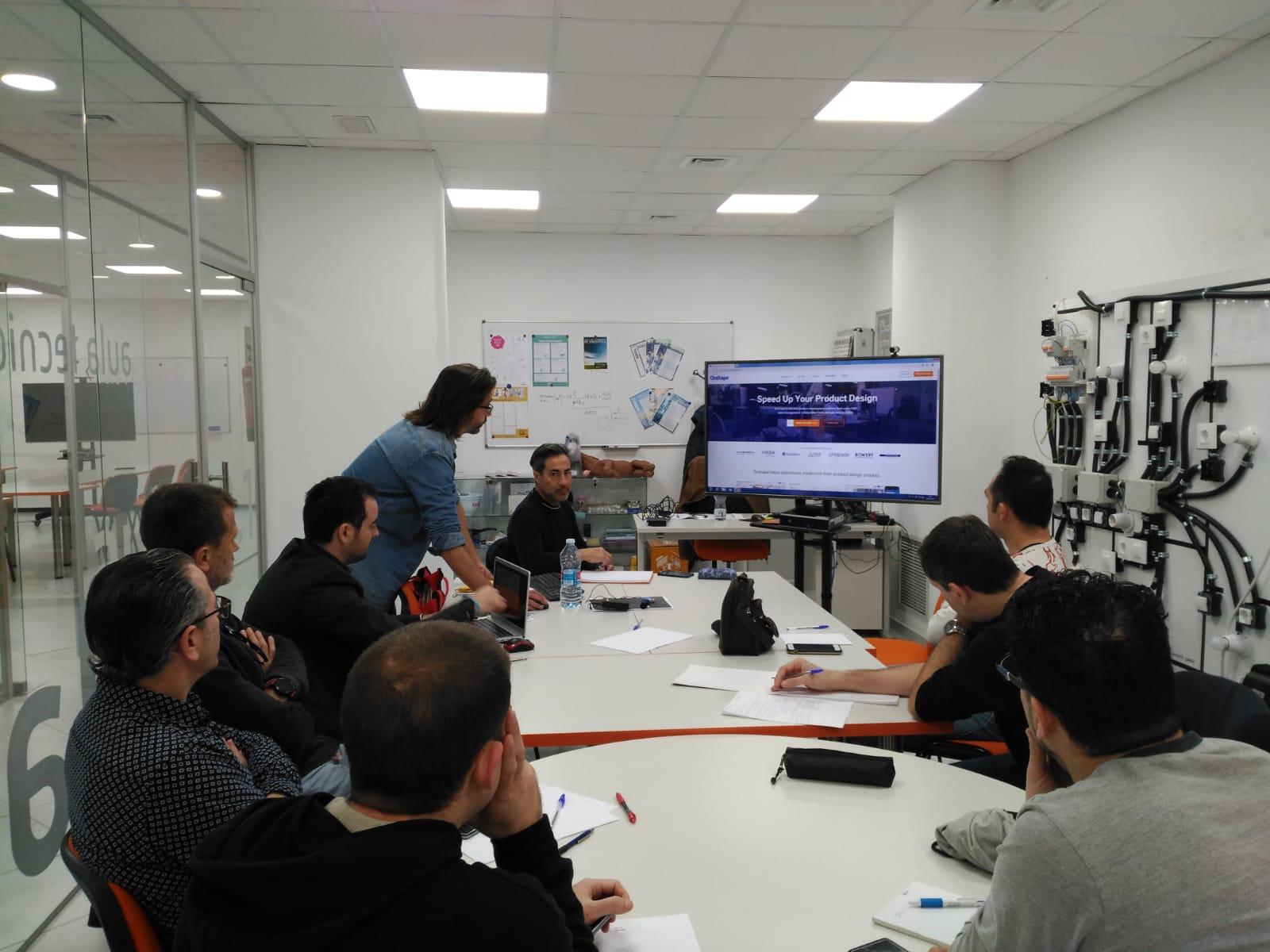
Inside the MasterD classroom.
Using Onshape in 3D Printing Courses
When he was searching for the right tools for his students, “Onshape was undoubtedly the best option,” he added.
Why? Despite using and working with several competing technologies in the past, what caught Picazo’s attention about Onshape is that it’s a fully online tool that can be accessed on any device with a browser.
“It allows me to design and work from any computer no matter where you are and is professional quality,” he says. “At the time, it was a surprise to discover a tool like this.”
Professor José Antonio Picazo.
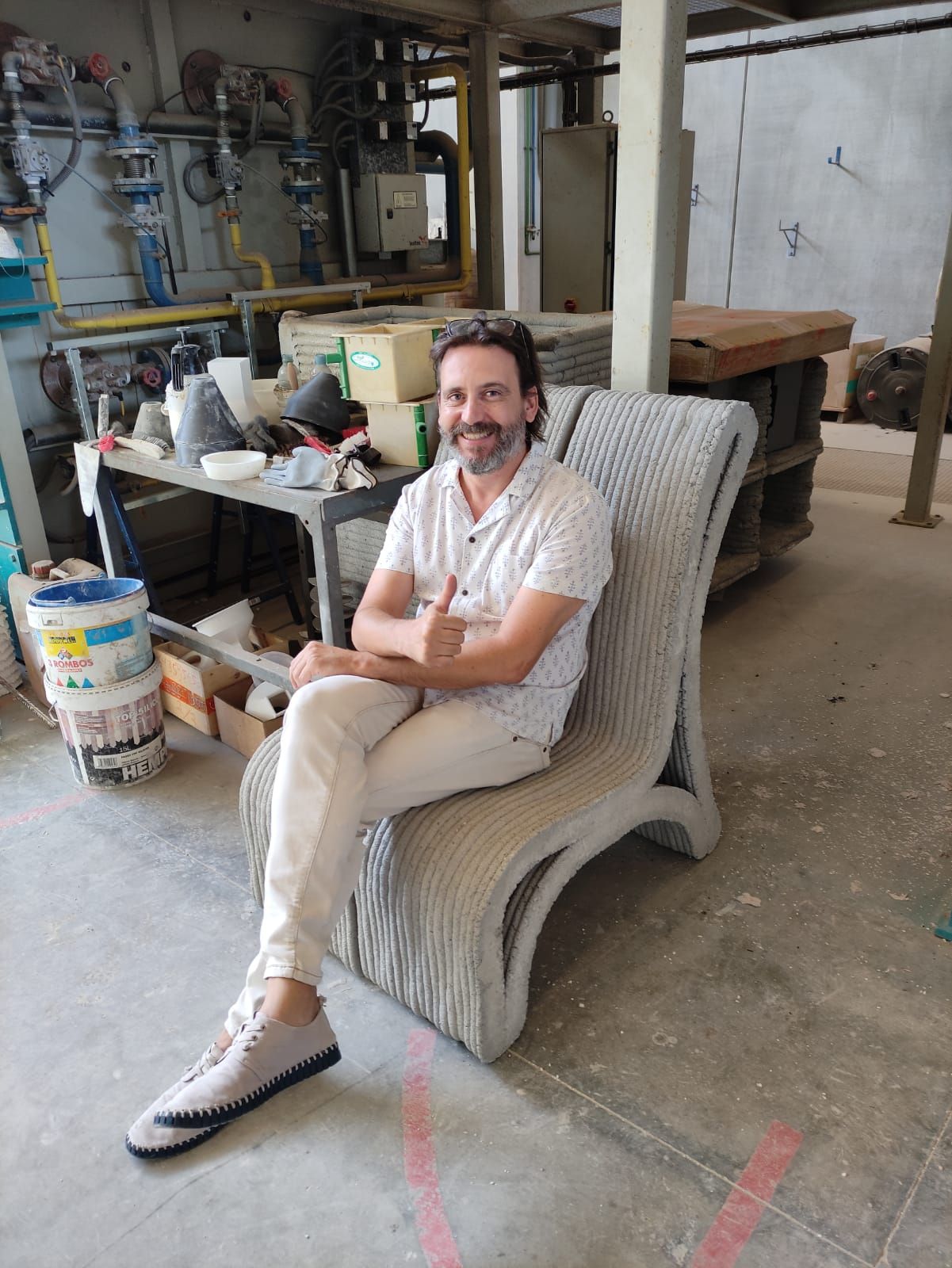
Many of Onshape’s collaborative tools benefit Picazo as an educator and his students alike.
It unites students into a group to share designs and learn from each other. After first registering for the class, students are prompted to join Onshape so they can explore their classmates’, past and present designs. Onshape is the first thing they see before beginning the course.
“Onshape Teams are an exceptionally powerful tool to enrich the course and also study through collaborative learning,” he says. “Students also learn through the designs of their peers.”
Because Onshape is cloud-native, previous designs can be easily accessed and saved.
“The most satisfying thing is that alumni continue to participate in this group and continue to share their designs,” Picazo says.
“The strength of Onshape is that it’s a platform that fits with its time,” he adds. As the next generation enters the workforce they will expect what Onshape is offering: Total online accessibility and easy collaboration.
(Bernhard Eberl is the Onshape Education Customer Success Director - Europe.)
Get Started with Onshape Education
Onshape for Education brings CAD out of the computer lab and into the modern era.
Latest Content

- Case Study
- Automotive & Transportation
Zero Crashes, Limitless Collaboration, One Connected Workflow With Cloud-Native Onshape
12.04.2025 learn more

- Blog
- News from Onshape @ PTC
Onshape at CES 2026: Where Innovation Meets the Show Floor
01.05.2026 learn more
- Blog
- News from Onshape @ PTC
Onshape’s Top 10 Best and Newest CAD Design Software Features of 2025
12.23.2025 learn more



